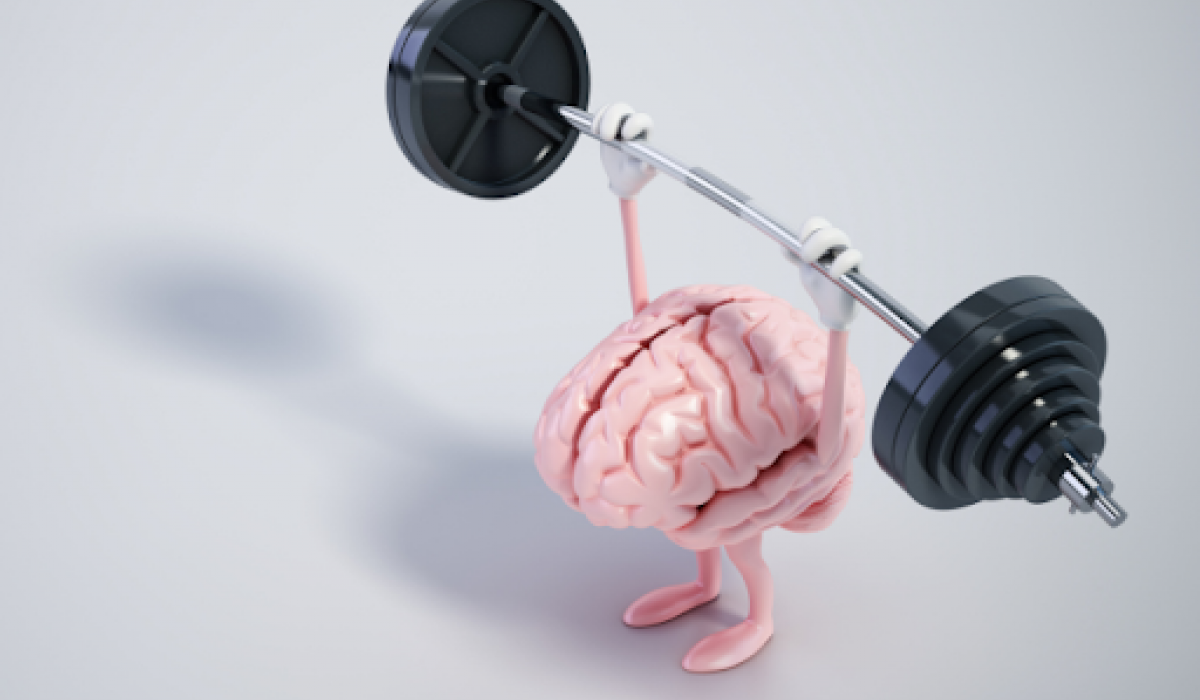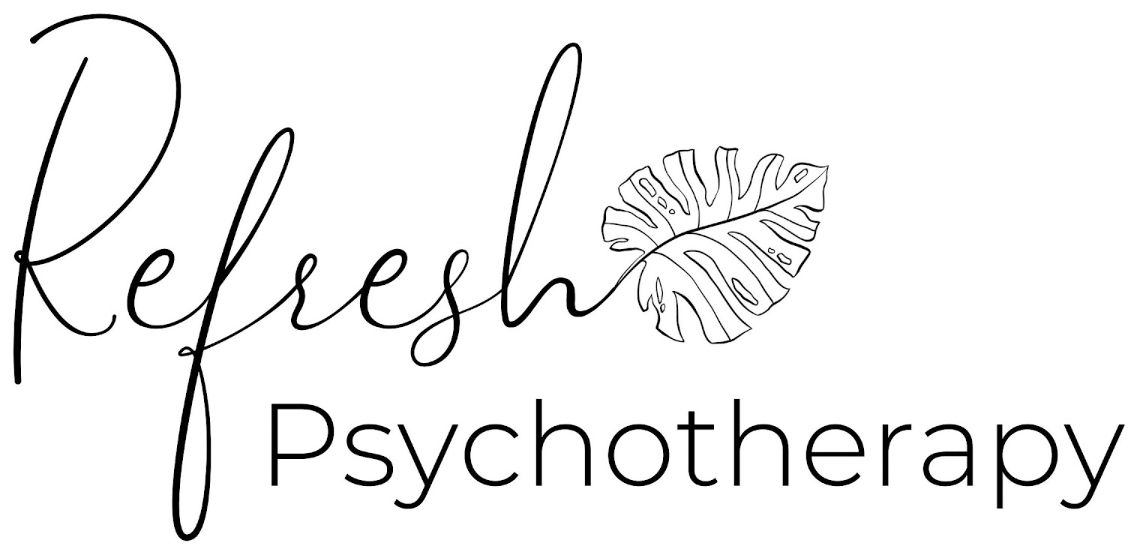
The Overlap of Physical Health and Mental Health: Why the Mind-Body Connection Matters
The traditional separation of physical and mental health is no longer tenable. Increasingly, research shows that our bodies and minds are part of an interconnected system—one that communicates constantly and responds holistically to internal and external stressors. Yet, medical systems often fail to address this connection, leading to misdiagnoses, fragmented care, and unrecognized symptoms. Understanding the bidirectional relationship between physical and mental health is not just helpful—it’s essential for effective treatment and long-term well-being.
How Physical Health Impacts Mental Health
Chronic illness does more than affect the body—it reshapes emotional landscapes. Individuals living with conditions such as diabetes, cardiovascular disease, or autoimmune disorders report significantly higher rates of depression and anxiety (Katon, 2011). These emotional symptoms are not secondary; they are embedded in the experience of navigating limitations, physical discomfort, medication side effects, and fears about disease progression. The burden of illness extends into identity, disrupting one’s sense of control and security.
Hormonal and nutritional factors also play a significant role in mental health. Thyroid dysfunction, especially hypothyroidism, often mimics or worsens depression symptoms (Joffe & Levitt, 1994). Similarly, deficiencies in iron, vitamin B12, and omega-3 fatty acids have been linked to fatigue, poor concentration, and low mood (Rao et al., 2008). Even mild dehydration can impair mood and increase fatigue and confusion (Ganio et al., 2011).
Sleep is another critical physical process with mental health implications. Poor sleep hygiene or sleep disorders such as insomnia or sleep apnea are associated with increased risk of depression, anxiety, and even suicidal ideation (Baglioni et al., 2016). In fact, treating insomnia has been shown to improve mental health outcomes, underscoring how physical interventions can enhance emotional resilience.
How Mental Health Impacts Physical Health
Mental health disorders are not just “in the head.” They affect multiple biological systems, beginning with the stress response. Chronic stress, anxiety, and trauma activate the hypothalamic-pituitary-adrenal (HPA) axis, leading to sustained elevations in cortisol. Over time, this disrupts immune function, promotes inflammation, and increases risk for metabolic syndrome and cardiovascular disease (McEwen, 2007).
Depression, too, exerts measurable physiological effects. It is an independent risk factor for heart disease, and people with depression who experience a cardiac event have poorer outcomes than those without depression (Lichtman et al., 2014). Depression can also slow wound healing, compromise immune response, and increase pain sensitivity—all of which illustrate how emotional states can influence the body on a cellular level.
Behavioral factors further blur the line. Individuals with poor mental health may have reduced energy or motivation to engage in physical self-care, such as attending medical appointments, eating nutritiously, or exercising. These behaviors compound physical symptoms and can make recovery more difficult.
Shared Risk Factors and Overlapping Diagnoses
Some conditions reflect a perfect storm of shared biological, psychological, and environmental influences. For example, irritable bowel syndrome (IBS), chronic fatigue syndrome (CFS), and fibromyalgia are all associated with both heightened psychological distress and physiological dysregulation (Clauw, 2014). Patients with these diagnoses often report being dismissed or misunderstood, particularly when symptoms don’t fit clean biomedical models.
Social determinants of health also play a central role. Trauma, poverty, discrimination, and systemic barriers all contribute to both physical and mental health problems (Adler et al., 1994). These intersecting factors create a feedback loop in which physical symptoms exacerbate emotional distress and vice versa.
The Problem with Separating the Two
The legacy of Cartesian dualism—the mind-body split—has shaped healthcare systems to view mental and physical symptoms as distinct, leading to siloed care. A patient with fatigue may be referred to a neurologist, while another with identical symptoms but a history of trauma might be referred to a psychiatrist. Rarely are these perspectives integrated.
This separation contributes to stigma, underdiagnosis, and poor outcomes. Mental health symptoms in medical patients are frequently missed, while physical symptoms in psychiatric patients are sometimes dismissed as psychosomatic. Women, BIPOC individuals, and LGBTQ+ patients are especially vulnerable to this kind of dismissal (Hausmann et al., 2008).
Insurance models only reinforce the divide, often covering treatment in one domain but not both, or requiring specific diagnoses to authorize care. The result is a fragmented experience that fails to acknowledge how intimately physical and mental well-being are linked.
The Benefits of Integrated and Holistic Care
Integrated care models that combine medical and mental health services are gaining momentum. In these systems, behavioral health providers are embedded within primary care teams, offering on-site consultations and collaborative treatment planning. Studies have shown that integrated care leads to better outcomes, greater patient satisfaction, and reduced healthcare costs (Butler et al., 2008).
Beyond clinical integration, holistic practices—such as somatic therapy, biofeedback, acupuncture, and trauma-informed yoga—are also bridging the gap. These approaches recognize that healing occurs in the whole body and that physical symptoms can reflect emotional injury, and vice versa.
What Patients Can Do
If you are navigating both physical and mental health symptoms, advocate for whole-person care. Don’t be afraid to bring up physical symptoms in a therapy session or mental health concerns in a primary care visit. Seek providers who are open to collaboration across disciplines and who respect the complexity of your experience.
When discussing symptoms, be specific about their impact on daily life and functioning. Keep a journal to track patterns—such as flare-ups of physical pain during periods of emotional stress—and bring this data to appointments. When needed, don’t hesitate to seek a second opinion if your symptoms are being minimized or fragmented.
Conclusion
Mental and physical health are two sides of the same coin. The mind-body connection is not a fringe idea—it is a research-supported reality that demands an integrative approach. Only by treating the whole person can healthcare be truly effective. As patients and professionals alike begin to challenge old models and embrace holistic perspectives, we move closer to a future where all aspects of human health are honored, understood, and cared for.
Need help with your mind-body connection? Make an appointment with one of Refresh’s talented therapists at:
Written by: Keeley Teemsma, LCSW, MA
Works Cited
Adler, N. E., Boyce, T., Chesney, M. A., Cohen, S., Folkman, S., Kahn, R. L., & Syme, S. L. (1994). Socioeconomic status and health: the challenge of the gradient. American Psychologist, 49(1), 15–24.
Baglioni, C., Battagliese, G., Feige, B., Spiegelhalder, K., Nissen, C., Voderholzer, U., & Riemann, D. (2016). Insomnia as a predictor of depression: a meta-analytic evaluation of longitudinal epidemiological studies. Journal of Affective Disorders, 186, 10–19.
Butler, M., Kane, R. L., McAlpine, D., Kathol, R. G., Fu, S. S., Hagedorn, H., & Wilt, T. J. (2008). Integration of mental health/substance abuse and primary care. Agency for Healthcare Research and Quality (US).
Clauw, D. J. (2014). Fibromyalgia: a clinical review. JAMA, 311(15), 1547–1555.
Ganio, M. S., Armstrong, L. E., Casa, D. J., McDermott, B. P., Lee, E. C., Yamamoto, L. M., & Marzano, S. (2011). Mild dehydration impairs cognitive performance and mood of men. British Journal of Nutrition, 106(10), 1535–1543.
Hausmann, L. R., Jeong, K., Bost, J. E., & Ibrahim, S. A. (2008). Perceived discrimination in health care and health status in a racially diverse sample. Medical Care, 46(9), 905–914.
Joffe, R. T., & Levitt, A. J. (1994). Major depression and thyroid disease: a review. Acta Psychiatrica Scandinavica, 89(4), 370–373.
Katon, W. J. (2011). Epidemiology and treatment of depression in patients with chronic medical illness. Dialogues in Clinical Neuroscience, 13(1), 7–23.
Lichtman, J. H., Froelicher, E. S., Blumenthal, J. A., Carney, R. M., Doering, L. V., Frasure‐Smith, N., & Wulsin, L. (2014). Depression as a risk factor for poor prognosis among patients with acute coronary syndrome: systematic review and recommendations. Circulation, 129(12), 1350–1369.
McEwen, B. S. (2007). Physiology and neurobiology of stress and adaptation: central role of the brain. Physiological Reviews, 87(3), 873–904.Rao, T. S., Asha, M. R., Ramesh, B. N., & Jagannatha Rao, K. S. (2008). Understanding nutrition, depression and mental illnesses. Indian Journal of Psychiatry, 50(2), 77–82.
